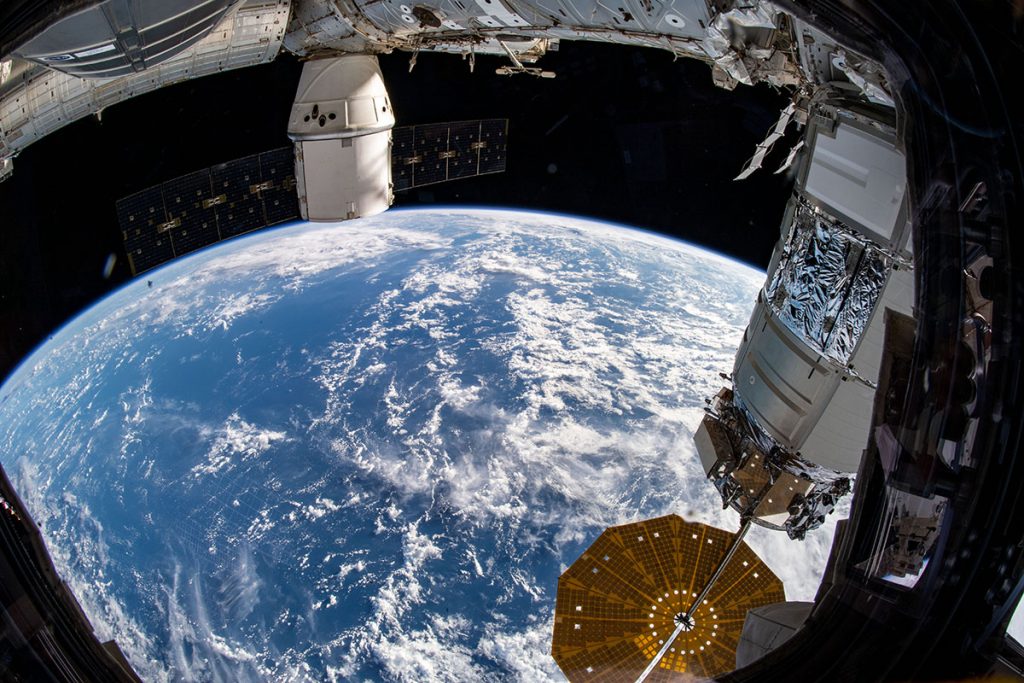
The plant rotates 16 times a day, but each time it passes several places above the ground. This is due to the rotation of the earth. The second reason is that we often do not see the plant. That is the simple reason.
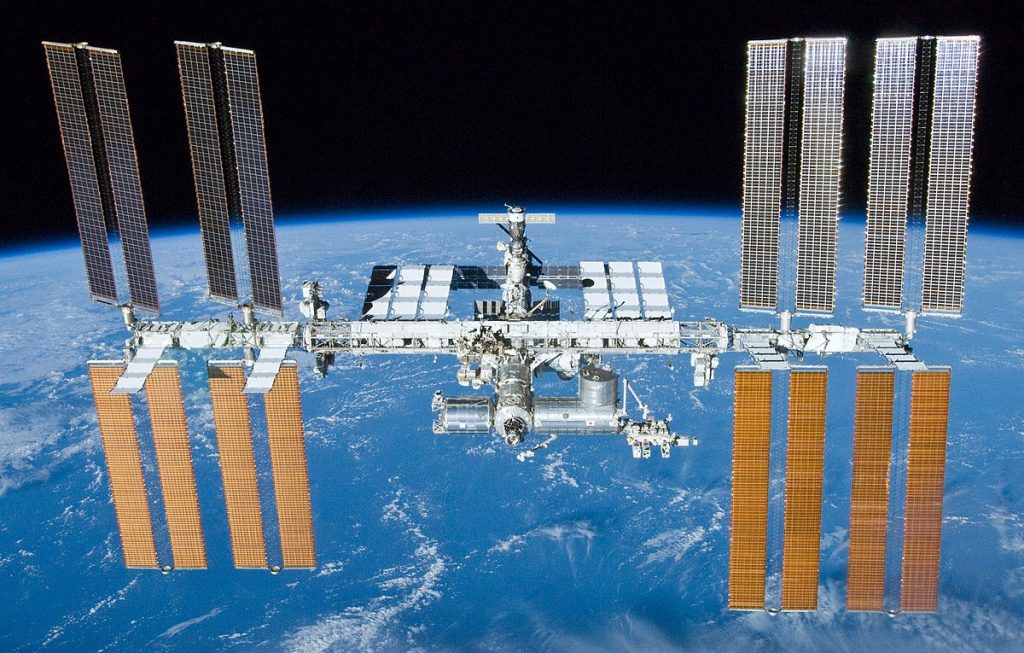
We can only see the plant at sunset or sunrise. This is because we see the plant, which is about the size of a football stadium, when we see the reflected sunlight falling on the solar panels and so on. But it’s not the light inside the plant!

One more question.
Someone is standing at the foot of a big mountain. Another is standing on the top of a very high mountain. Anyone watch the last sunset? No doubt the man standing on top of the mountain. The higher the altitude, the more time we can see the sun. So what about the 400km altitude? Even if the sun sets on the earth, you can still see the sun at that height for a few hours! Seeing the sun means that the sunlight will fall on the object for a long time.

This is why moons, including the International Space Station, can be seen after sunset and before sunrise.
But if it is too late at night, the sun will not reach the altitude of 400 km. We can’t even see if the plant has passed through there. The plant passes over us several times, including at midnight. But at that time it was not visible because there was no sunlight falling on it.

The plant can be passed over several times during the day. Just as you cannot see the stars during the day, then you cannot see the plant! The space station is not the only one in the sky. Many moons pass over the earth. Many of these can be seen after dusk and before sunrise.
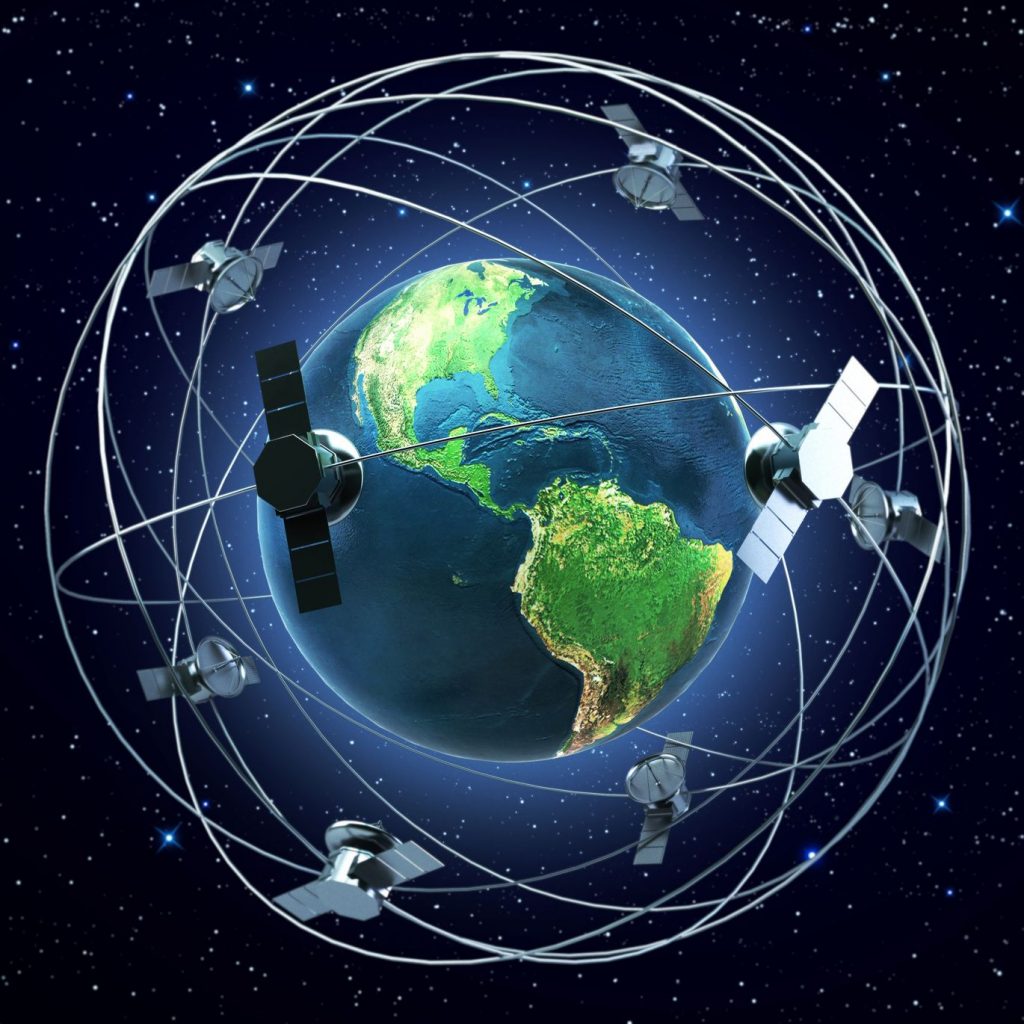
On a clear day, lie down for a while and observe the sky. Many moons can be seen passing through it. If there are apps like Satellite Tracker, we can identify which satellite it is. Due to the size of the space station, it can be seen very brightly. But other moons are much smaller than the station. So we can see a very faint star moving slowly.


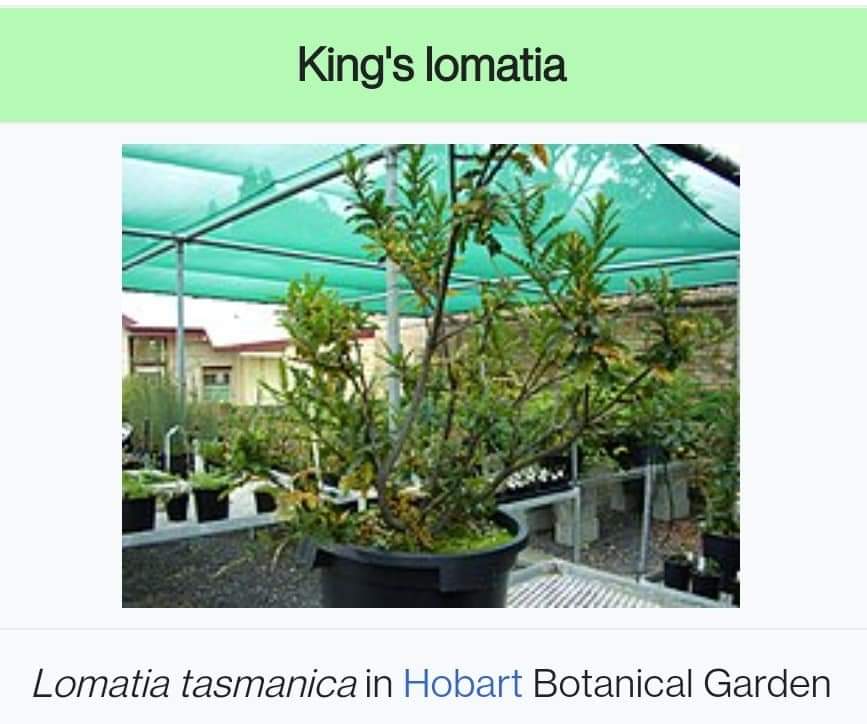
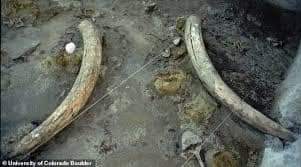

Recent Comments